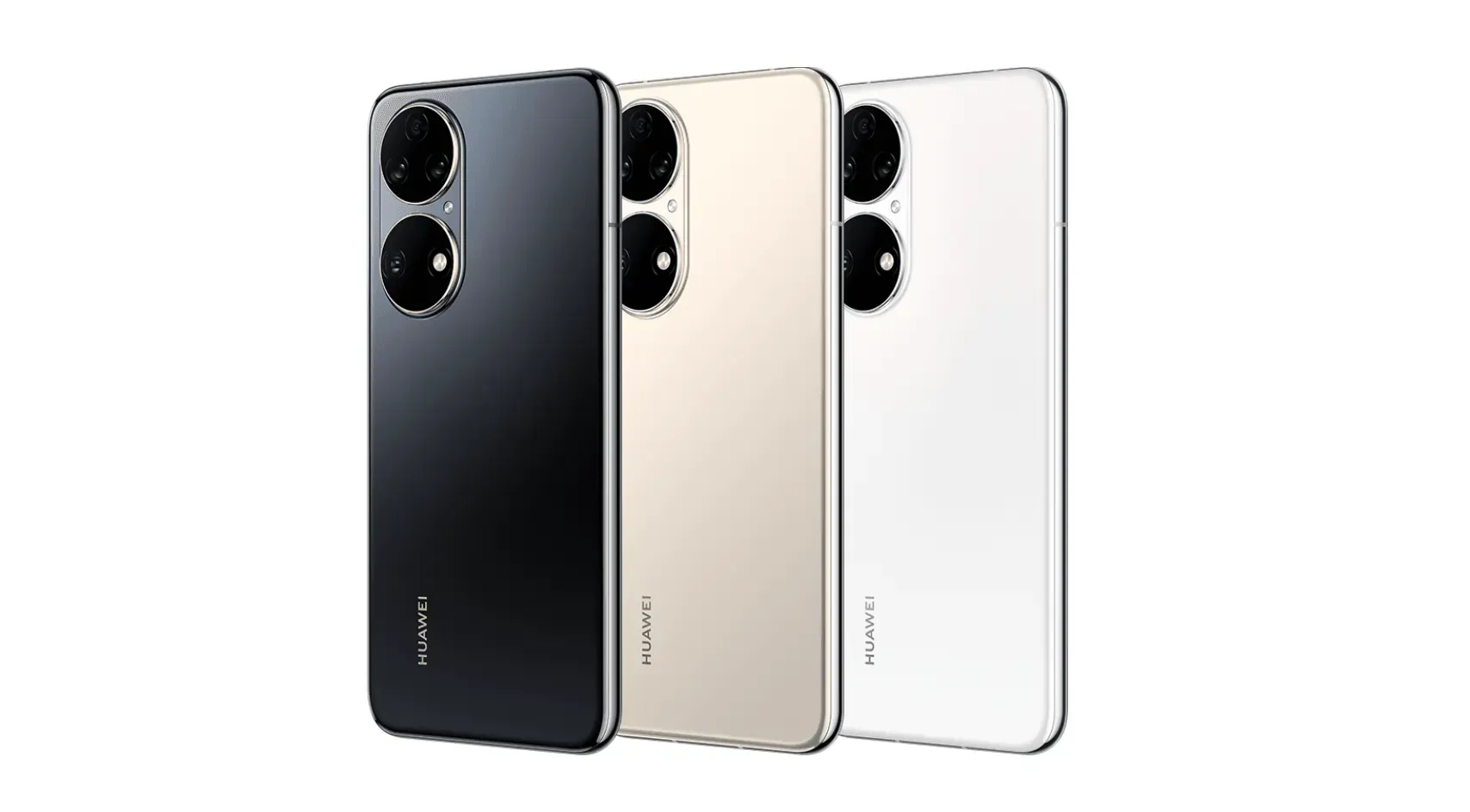eSIM
eSIMs in Huawei phones: are they supported?
Using eSIMs in Huawei devices
In today's digital world, staying connected is more important than ever. With the growing popularity of eSIMs, this is now almost a feature that consumers would expect to see in the latest phone models — especially in flagship devices of each manufacturer. However, with Huawei, things are a little different: Huawei first introduced eSIM technology in their P40 series, but it was subsequently dropped in future releases (including the P50 and P60 lines).

What happened to Huawei?
Huawei was once one of the world's leading smartphone manufacturers, but following a trade blacklist on the brand by the US government, it had lost access to various services and infrastructure, resulting in a lost a significant amount of its competitiveness against the bigger players in the global market.
Losing its access to Google services on its newer devices, coupled with the inability to support 5G on their newer devices might have been some of the main reasons for users to make the shift away from Huawei to other Android devices.
eSIM support in Huawei phones
In 2020, Huawei released their first phones in the Huawei P40 line equipped with eSIM support, and we saw eSIM support for the Huawei Mate 40 Pro in the same year. But, that was also where it stopped — we no longer see eSIM support in the subsequent models that Huawei released.
Which if we were to really think about it, this probably isn't exactly a surprise. Perhaps it was a direct result of the trade blacklist that could have resulted in Huawei not being able to obtain the chips and technology for eSIM support; or perhaps the use case to support eSIMs on Huawei devices just wasn't strong enough. As it stands, carrier support for eSIM on Huawei devices would likely have been rather limited globally, and the lack of carrier support will pretty much impair the use of an eSIM on Huawei devices, even if the devices by themselves were to support eSIM.
Wait, so which Huawei Models Support eSIM?
Only the following Huawei Models support eSIM:
- Huawei P40
- Huawei P40 Pro
- Huawei Mate 40 Pro
Note that the Huawei P40 Pro+ does not support eSIM — it was believed that the lack of eSIM support on the P40 Pro+ was due to the ceramic design of the device. However, in the subsequent releases of the P50 and P60 series, we never saw eSIM support being brought back. (So no, your P50, P50 Pro, P60, and P60 Pro phones do not support eSIM).
It is also important to note that eSIM support is not only dependent on the device itself, but also your carrier. Unfortunately, it seems that there are a limited number of carriers that actually provide eSIM support for even the Huawei P40 phones — so before you jump into it, make sure that your home carrier actually provides eSIM support for your phone.
If you are getting an eSIM for travels though, you would be glad to note that most providers of international eSIMs do provide support for Huawei P40 devices. One such provider is Nomad. Offering affordable data plans for over 200 countries, Nomad is a great option for your connectivity needs on your travels.
How to install eSIMs in Huawei P40?
If you happened to have your hands on the only few Huawei phones that support eSIMs, and your carrier supports eSIMs (or you are getting a travel eSIM), here is a quick walkthrough on how you can install the eSIM in your device:
Confirm that your device supports eSIM
First things first, do confirm that your device supports eSIM. Even if you had a Huawei P40, Huawei P40 Pro, or a Huawei Mate 40 Pro, eSIM support could be limited depending on where you purchased your phone from.
To check that your device supports eSIM, go to Settings > About phone > Show EID. If the EID information is not displayed, it indicates that this feature is not supported on your device.
Curious about what EIDs are? Read our blog post for a quick introduction to EIDs
Installing your eSIM
Once you have confirmed that your device supports eSIMs, and that your carrier provides eSIM support for your device, you can go ahead and add an eSIM to your phone:
- Go to Settings > Mobile network > SIM management
- Note that if your device is a dual-SIM device, the eSIM will be installed to SIM 2 by default; if your SIM 2 slot is taken, you will be prompted to deactivate the SIM in that slot.
- Tap the > next to SIM 2.
- Scan the QR code that your carrier has provided to you for the installation of the eSIM.
- In case the QR code doesn't work, you also have the option of entering your activation code manually (activation code should have been provided by your carrier). Select the option Enter manually and follow the instructions on-screen.
What to expect for future Huawei phones?
Huawei (and their partners) has been coming up with ways to overcome the limitations resulting from the trade ban. Aside from ramping up on their own chip-making capabilities, we have also seen some innovative products come out from this ban. An example would be the launch of a 5G smartphone case by Soyealink, which makes use of eSIM technology to provide 5G connection to the otherwise 4G-only smartphones.
While we don't expect Huawei to bring back eSIM technology into their devices yet - at least not in the next couple releases, it probably is a matter of time before we see this feature make its comeback in Huawei phones.



